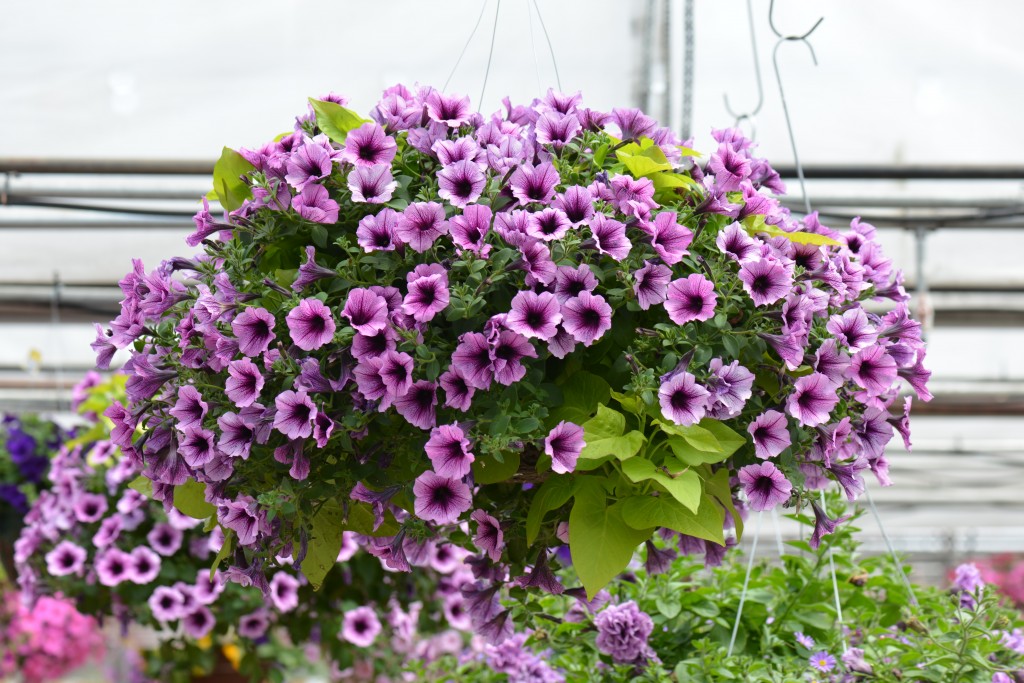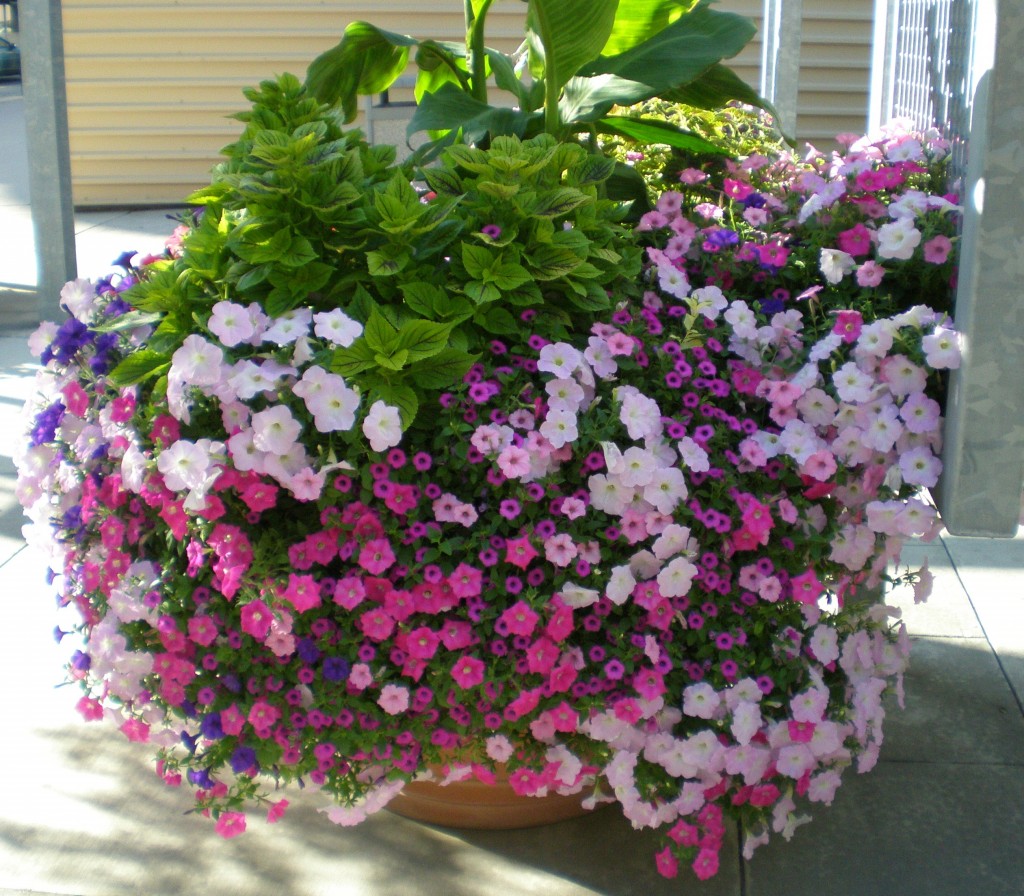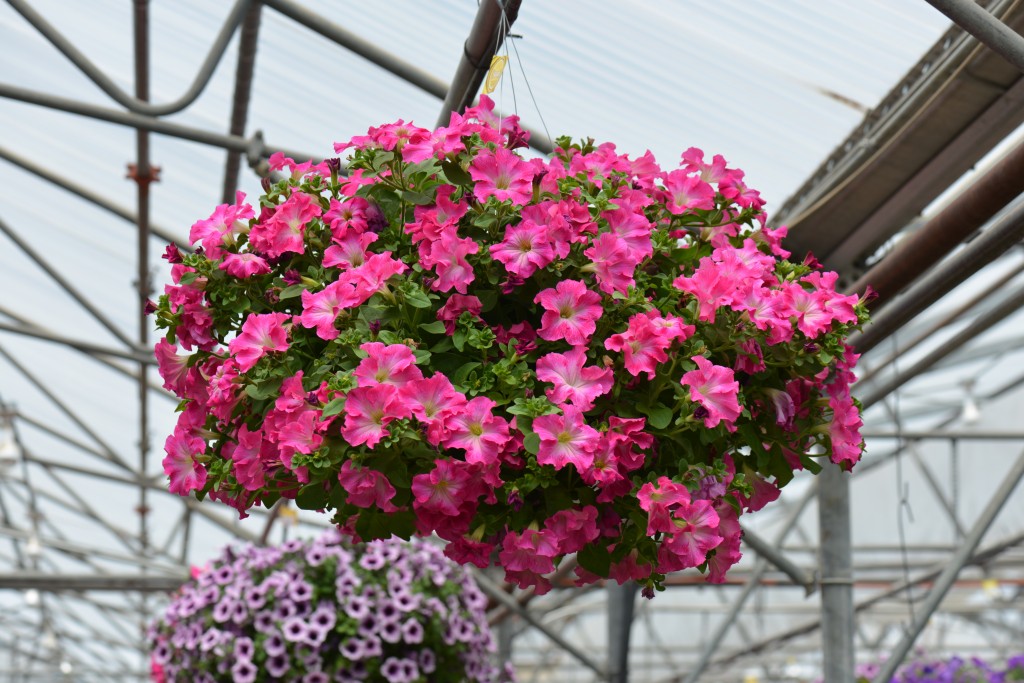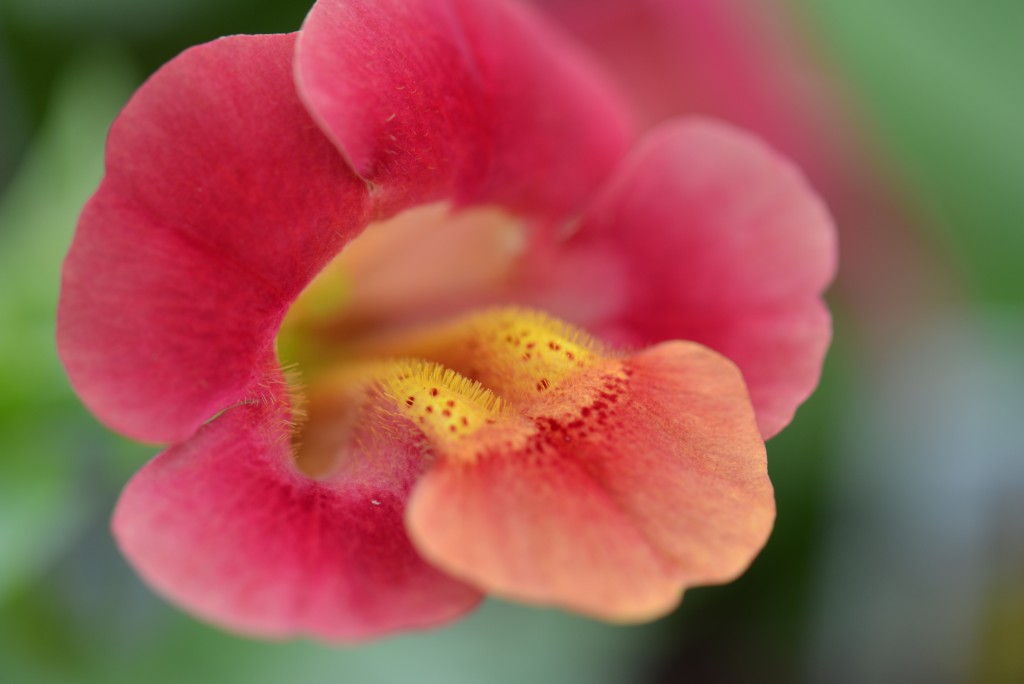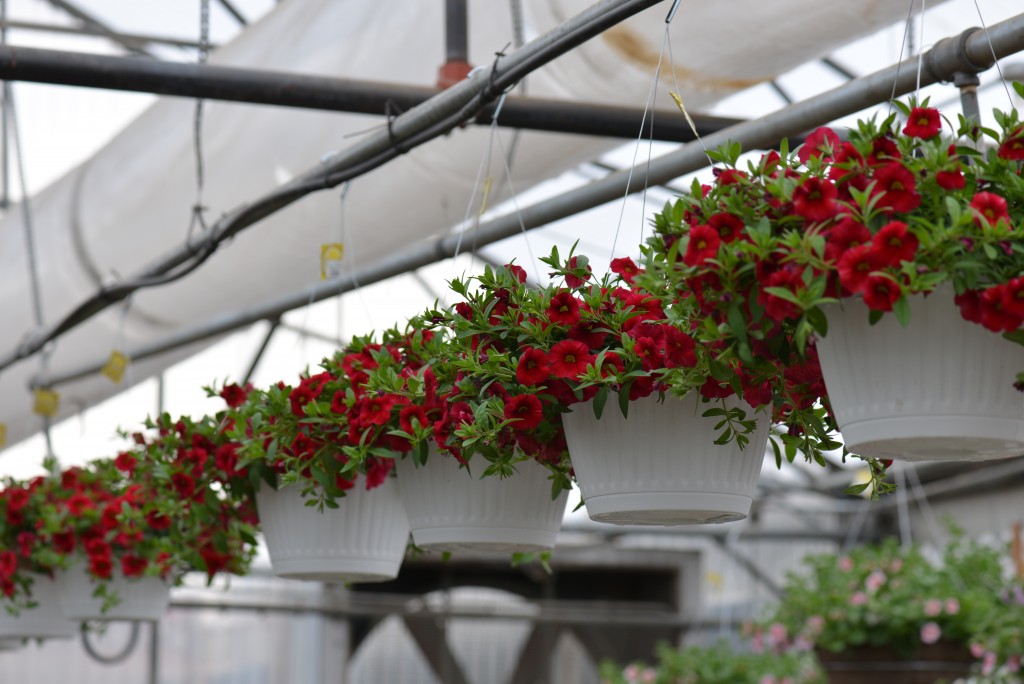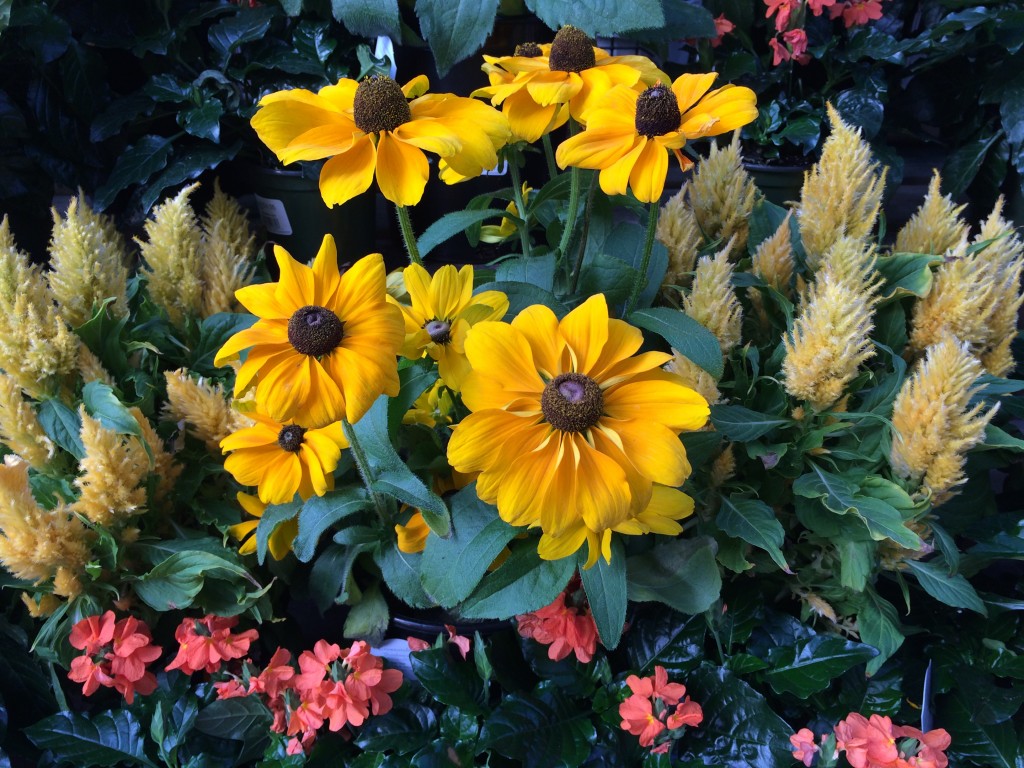Rain, rain and more rain…….and hail. Yes, we know we should be happy for the rain, since we know it will be well appreciated later this summer. We should be enjoying the rain, right? After all, most summers, rain is almost a novelty in Colorado. Well, the novelty has worn off. The ground is saturated in many areas, making it difficult to get things going in the garden. Your plants may even be exhibiting signs of stress from the excessive moisture. Brown mushy leaves and stems or gray-green. crispy leaves are both common signs of too much moisture. So, what can you do?
I apologize now if this sounds a bit preachy, but we want to help you build your garden path, not lead you down the proverbial one. The single most important thing to do for your garden is to amend the soil. Clay soils don’t allow roots to permeate through the particles and when water-logged roots don’t stand a chance. Amending the soil isn’t the glamorous, fun part of gardening, but it is the foundation for all we hope to grow. Build a good foundation and you’ll experience great results. Prepare minimally and you can expect success relative to your efforts. There are times in life where there simply is no substitute for going all out. Preparing your soil is one of those times. Often you won’t have a chance to do more than spotty amending between plants after the initial preparation. In other words, there’s no going back. Well, there is, but it requires a complete do-over and a tremendous amount of additional effort. (stepping off the soap box now)
What can you do for existing garden plants showing signs of distress? Boomerang. Just like the name suggests, it’s a “comeback” microbial-based formula for plants that helps relieve stressed root systems. It is filled with nutrition that is easily absorbed by plants and encourages new root growth. Most importantly, it really works.
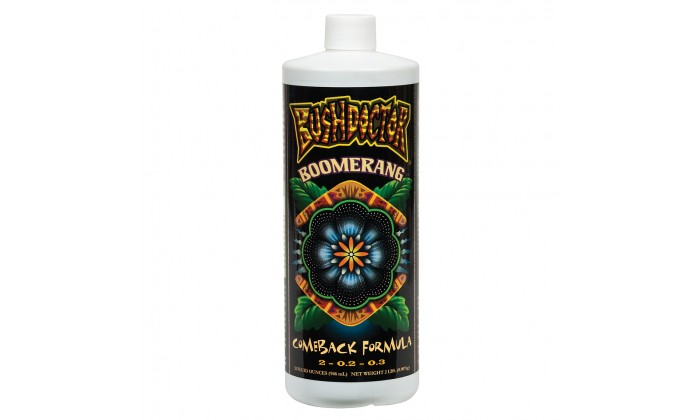 With the abnormal amount of moisture there are a few undesirables visiting our gardens. Slugs. They slither and slime all over our precious plants and then consume leaves and petals, without any consideration to the gardener. They can’t even stick to the same leaf. Nope. They have to taste all of them. Diatomaceous Earth is the answer. It causes abrasions to insects when they come in contact with it. The insects lose fluids and dehydrate. It’s an organic control that works effectively. Bonus – it also helps control earwigs, my arch nemesis in the garden.
With the abnormal amount of moisture there are a few undesirables visiting our gardens. Slugs. They slither and slime all over our precious plants and then consume leaves and petals, without any consideration to the gardener. They can’t even stick to the same leaf. Nope. They have to taste all of them. Diatomaceous Earth is the answer. It causes abrasions to insects when they come in contact with it. The insects lose fluids and dehydrate. It’s an organic control that works effectively. Bonus – it also helps control earwigs, my arch nemesis in the garden. 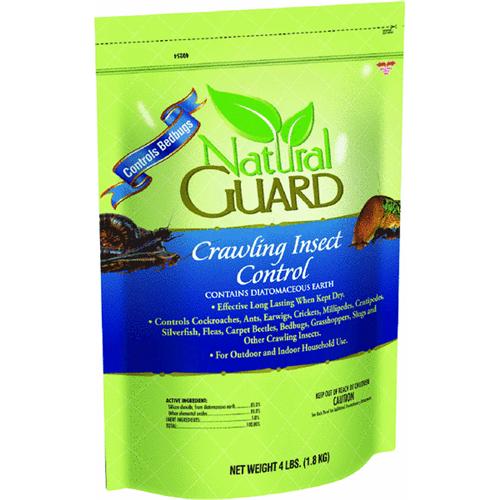
All of these things will reduce your gardening stress, as well as the stress on your plants.
